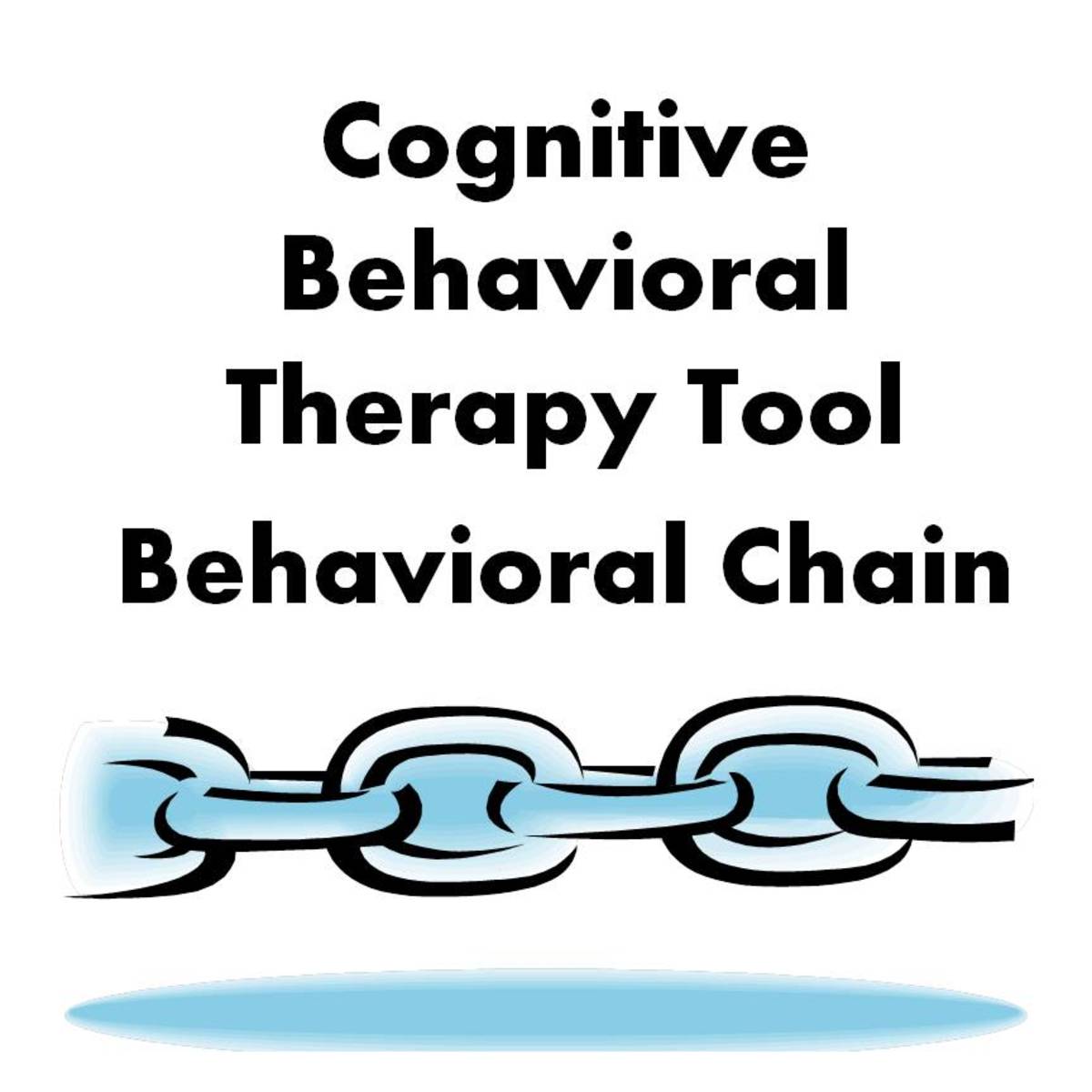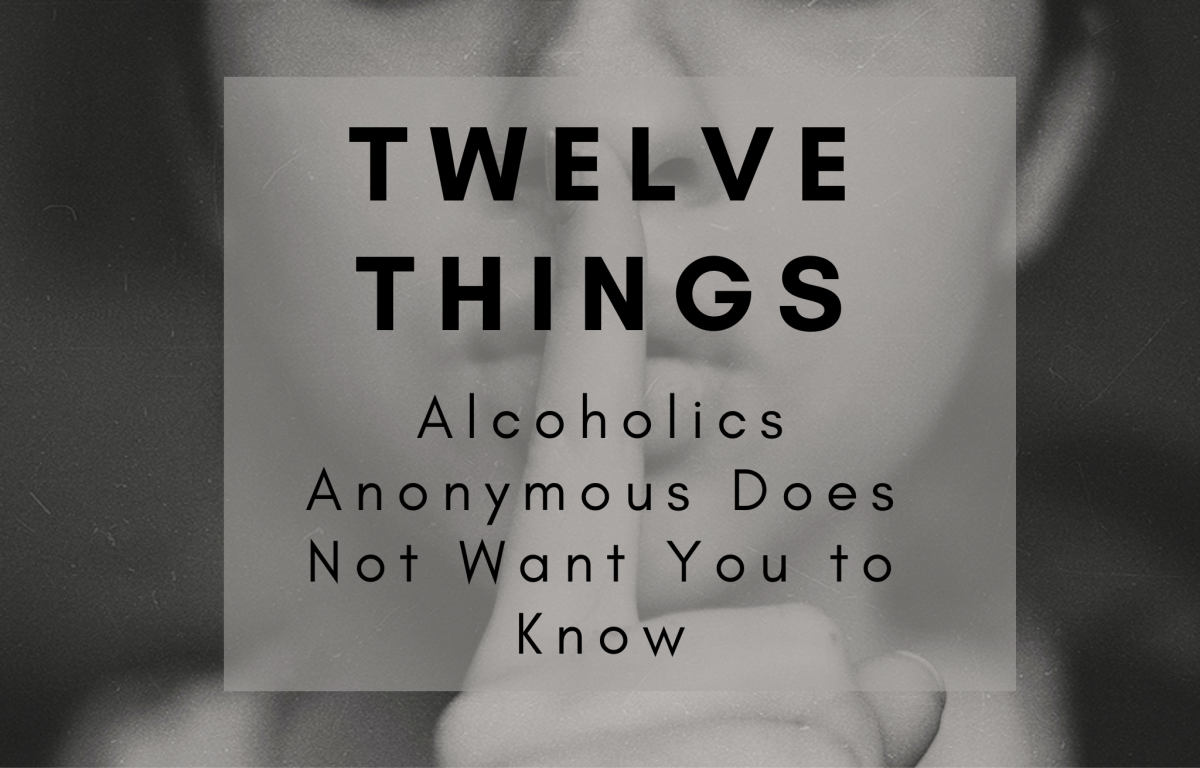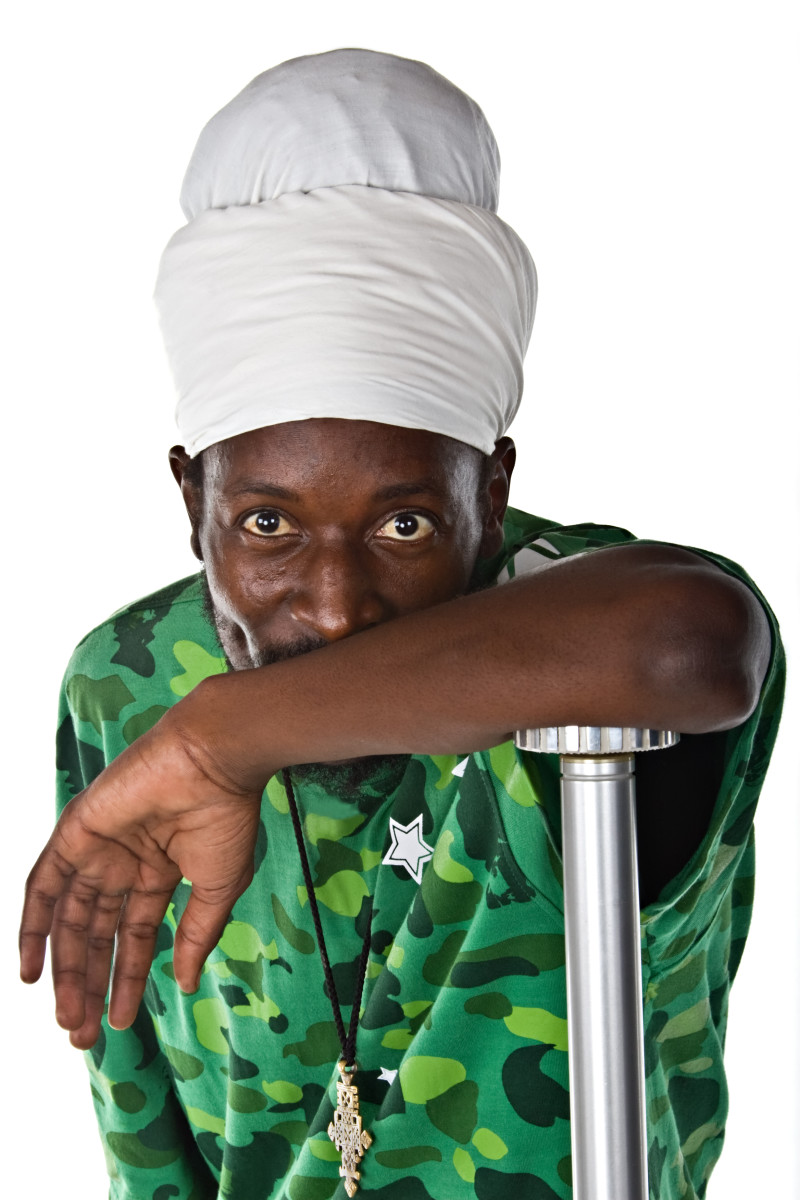Intervention of Cognitive Behavioral Therapy (CBT) and Motivational Interviewing (MI) in Schizophrenia
Schizophrenia is a chronic brain disorder which needs specific therapy combined with the appropriate medication, in order to be an improvement in the life of the patients. Significant is the role of the therapist and his qualifications.
The combination of the techniques of both therapies could be very effective for schizophrenia. By providing, the appropriate intervention to the patients who suffer from schizophrenia, they have achieved a better quality of life (QoL) and a good well – being, as well. The cooperation of the patient along with the therapist can bring great results.
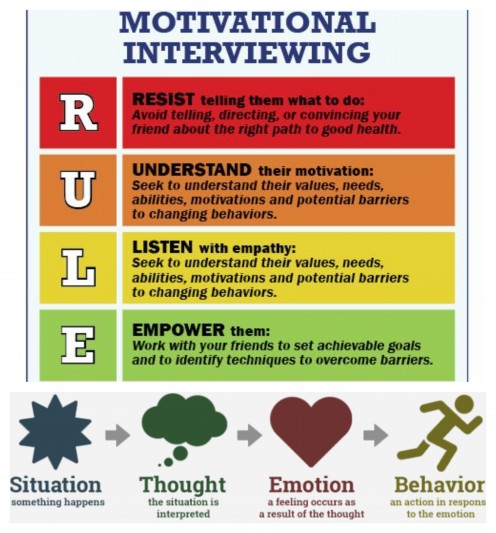
We teach people that they upset themselves. We can't change the past, so we change how people are thinking, feeling and behaving today.
— Albert EllisFirst of all, in the field of Psychology, there is a variety of psychological approaches in order to be used by experts for the purpose of the psychosomatic well – being of their patients (Hayward, Strauss & McCarthy – Jones, 2017). Two of those psychological therapies is the Cognitive Behavioral Therapy (CBT) and the Motivational Interviewing (MI), (Simmons & Griffiths, 2009; Miller & Rollnick, 2012).
CBT is a psychological perspective that aims to the reducing of the psychological distress and also to the improvement of the quality of life (QoL), (Simmons & Griffiths, 2009). The earliest forms of CBT is the Rational Emotive Behavior Therapy (REBT) by Albert Ellis (1913 – 2007) in the 50’s and the Cognitive Therapy by Aaron T. Beck (1921) in the 60’s. Moreover, CBT is a short-term therapy. CBT focuses on how people think (cognition), feel (emotion) and act (behavior), which are the main factors that are responsible for the further mental health issues of individuals. It is important to be mentioned that the behavioral and the thinking patterns have been created since childhood and continue to greatly affect the perception and the behavior of individuals (Simmons & Griffiths, 2009).
“If you treat an individual as he is, he will stay as he is, but if you treat him as if he were what he ought to be and could be, he will become what he ought to be and could be.
JOHANN WOLFGANG VON GOETHE”
— William R. Miller, Motivational Interviewing: Helping People ChangeFurthermore, with the usage of the appropriate techniques, the CBT tends to change the dysfunctional patterns and help the client recognize how the negative interpretations affect his life and also make him understand what is good for him to change in his life, for a better QoL, by developing alternative ways of thinking (Martin, 2018).
Over the years, CBT has been shown to be effective in several mental disorders such as phobias, panic disorder, obsessive-compulsive disorder (OCD), post-traumatic stress disorder (PTSD), chronic fatigue syndrome (CFS) and schizophrenia, as well. Additionally, this specific psychological approach includes a variety of techniques so as to facilitate the procedure of the therapy. Such techniques are the relaxation, the cognitive restructuring, the activity scheduling and the exposure and response prevention exercises (Cully & Teten, 2008; WebMD, 2018; Kendall, 2000; Beck et al., 1979).
On the other hand, another intervention which can be characterized as a very significant one for mental health problems is the motivational interviewing (MI), (Miller & Rollnick, 1991). MI is a counseling semi – directive and also collaborative method which focuses on the behavioral change (Triana & Olson, 2013; Hettema, Steel & Miller, 2005).
To continue with, MI provides the expert with particular techniques that can help the client to enhance his inner motivation and gain confidence so as to change (Kraybill & Morrison, 2007). Some basic techniques which are used by the MI experts, is the open questions, where the client speaks without any kind of leading by the expert, the affirmation, which is the recognition of the strengths, the reflective listening, which is the most difficult part because it is needed careful listening and finally, the summary reflections which means a clear communication and understanding by the expert (Rosengren, 2009; Miller & Rollnick, 2002).
CBT
| COMPARISON
| MI
|
|---|---|---|
Form of treatment
| An approach, a style
| |
Empathic, directive
| Empathic, collaborative
| |
Goal focused
| Goal to elicit change talk and resolve ambivalence
| |
Resistance met with correction of thought through highlighting inconsistencies in beliefs
| Resistance is met with explorationand reflection of client perceptions without ''labelling'' or ''correction''
| |
Strategies (eg. homework, diaries, Socratic questioning) designed by cousellor to lead the client to confront inconsistencies in their beliefs
| Elicits possible change strategies/problem solving processes from the client
|

“Emotional pain is not something that should be hidden away and never spoken about. There is truth in your pain, there is growth in your pain, but only if it’s first brought out into the open.”
— Steven AitchisonMoreover, in this method, the basic role is the characteristics that a mental health professional must have (Miller & Rollnick, 2009). Such characteristics are the empathy, the expert also needs to develop discrepancy, to understand the resistance and also the reluctance of the client and to support client’s self – efficacy, as well (Miller & Rollnick, 2002).
There are also the Five Stages of Change which are some specific guides which help the expert to give the appropriate encouragement to the client to change. Those stages are the precontemplation, where the client does not see the problem and has no intention to change. Next stage is the contemplation, where the client recognizes the problem but he is not ready to change. Also, the preparation, where is the stage in which the client tries to do some steps to change. Next stage is the action where the client makes a change without any specific problem and lastly is the maintenance which is the stage where the client stays within the change for at least 6 months (Prochaska et al., 1992).
MI was first used for the treatment of addictions (Rollnick et al., 2010; Miller & Rose, 2009). Other areas of its applications are the treatment/medication adherence, the child welfare, and the emotional behavior control.
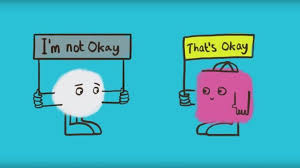
Both of those methods (CBT & MI) can be related and create a new intervention especially for people with schizophrenia. Individuals who suffer from schizophrenia, which is a chronic and severe disorder of the brain, have three main categories of symptoms (American Psychiatric Association, 2017). The positive ones, the negative and the cognitive symptomatology. Some symptoms of schizophrenia is the hallucinations, the delusions, the movement disorders, the reduced speaking, the trouble with focusing or paying attention and the problems with ‘working memory’. For their treatment, it is used the antipsychotics and the psychosocial intervention, well (APA, 2017).
The combination of both CBT and MI techniques could be very effective for schizophrenia. The relaxation techniques (Progressive Muscle Relaxation or guided imagery visualization), the cognitive restructuring and the activity schedule, are some of CBT techniques which can improve the hallucinations, the delusions, can reduce the stress and the worry and be increasing the control. Also, they can change inaccurate negative thoughts and be reducing the negative symptomatology of schizophrenia (Cully & Teten, 2008; WebMD, 2018; Dogra et al., 2009; Kendall, 2000; Mankiewicz & Turner, 2014; Beck et al., 1979).
Furthermore, some techniques of MI like the open-ended questions, the empathy of the therapist, the increase cognitive rehabilitation adherence, the self – efficacy of the patient can be very helpful in many aspects of schizophrenia (Fiszdon et al., 2016; Ertem & Duman, 2016). By creating a new type of intervention combining the techniques of CBT and MI, the patients learn to identify their situation, to control their feelings such as stress, anxiety and worry, to accept the fact that they receive appropriate medication and show big improvement with systematic treatment (Fiszdon et al., 2016; Ertem & Duman, 2016).
With the combination of these two techniques, there is an ongoing effectiveness of the pharmaceutical therapy. Also, the patients themselves have the ability to understand and recognize the benefits of their treatment as well as their own disorder. They get better comprehension for their recognition by the help of their therapist. Many types of research have shown that schizophrenia has the highest rate of comorbidity with substance abuse (47%), (Morrison, 2009). Thus, a specific intervention is needed.
© 2018 Chrysi Stamou





